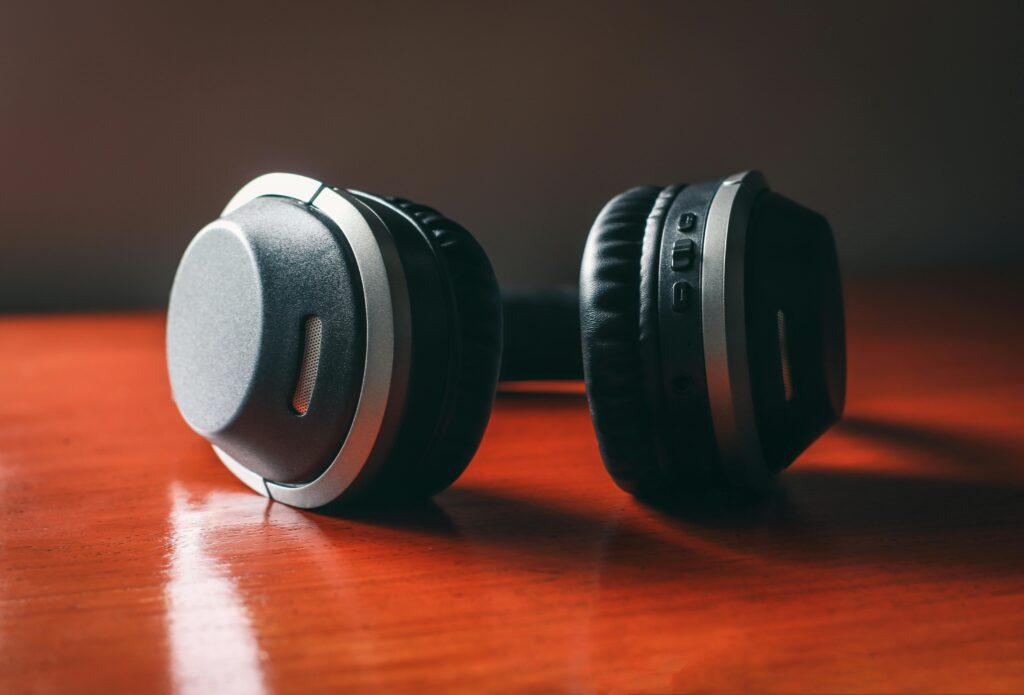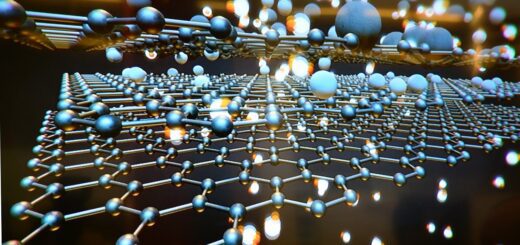Noise Cancelling Headphones: The Game-changing Science Behind it

Noise Cancelling Earphones- The science behind it
In a world full of distractions—traffic noise, office chatter, or airplane engines— Noise Cancelling Headphones have become a game-changer. But how do they actually work? What’s the science behind Active Noise Cancellation (ANC)? Let’s break it down in simple terms.

1. Types of Noise Cancellation
There are two main types of noise Cancellation Headphones:
🎧 Passive Noise Cancelling Headphones (PNC)
- Also known as noise isolation.
- Works by physically blocking sound using thick padding and sealed earcups (like earplugs).
- Best for blocking higher-frequency sounds like people talking.
- Found in over-ear headphones and in-ear earbuds with foam tips.
🎧 Active Noise Cancelling Headphones (ANC)
Common in premium headphones and earbuds like Bose, Sony, and Apple AirPods Pro.
Uses advanced electronics to cancel out sound waves.
Best for low-frequency noises like engine hums, traffic, and air conditioners.
2. How Active Noise Cancellation Works
ANC is based on the principle of destructive interference—a concept from physics that allows sound waves to cancel each other out.
🔊 Step 1: Detecting Noise
- Tiny microphones in the headphones pick up external noise (e.g., an airplane engine).
🔄 Step 2: Generating Anti-Noise
- The headphone’s processor creates an opposite sound wave (an “anti-noise” wave).
- This wave is exactly opposite in phase to the unwanted noise.
❌ Step 3: Canceling Out the Noise
- When the anti-noise wave meets the original noise wave, they cancel each other out, reducing or eliminating the unwanted sound.
This process happens in real-time, usually within a few milliseconds, making ANC headphones very effective at reducing constant background noise.
3. Does ANC Work for All Noises?
🔹 Works Best For:
✔️ Constant low-frequency sounds (e.g., airplane hum, train noise, AC, fan).
✔️ Traffic noise and engine sounds.
🔹 Less Effective For:
❌ Sudden, high-pitched sounds (e.g., people talking, dog barking, sirens).
❌ Sharp, unpredictable noises (e.g., clapping, keyboard typing).
For these, Passive Noise Cancellation (PNC) or a mix of ANC + PNC works better.
4. Types of ANC Technology
There are three types of ANC used in headphones:
🔵 Feedforward ANC – Microphones are placed outside the earcups, detecting external noise before it reaches the ears.
🔵 Feedback ANC – Microphones are placed inside the earcups, detecting noise that has already entered the ear.
🔵 Hybrid ANC – Uses both feedforward and feedback mics for better noise cancellation (used in high-end models).
5. The Downsides of ANC
While ANC is amazing, it has some drawbacks:
⚡ Battery Drain – Active Noise Cancelling Headphones require extra power, reducing battery life. For those who want to enjoy their music while on long haul flights or Train journeys will hate the fact that Noise cancelling earphones don’t necessarily last as long as adverised by the manufacturer because the very process of Active Noise Cancelling needs a lot of processing power. The mileage of the battery may vary drastically under different scenarios.
🎶 Audio Quality – Some Active Noise Cancelling Headphones slightly alter sound quality, especially in budget models. High end Earphones have built in features to keep the actual music nearest to the original quality while some medium budget earphones have been known to favor certain bands of the frequency spectrum in order to keep the Noise cancellation as noticeable as possible.
🧠 Ear Pressure Feeling – Some users experience a mild pressure sensation due to sound wave manipulation. Though rare the very fact that ambient sounds are being manipulated and the ears don’t hear what the eyes see can be a bit overpowering and takes a bit of getting used to.
6. The Future of Noise Cancellation
🔮 AI-Powered ANC – Future Noise Cancelling Headphones may use machine learning to detect and block specific voices while allowing others (e.g., hearing someone calling your name). The biggest problem with the present technology of Active noise Cancellation is that it drowns out all ambient sounds making it socially embarrassing and sometimes outright dangerous. The use of AI to overcome these limitations is being actively researched and some prototypes have been made, and the next generation of ANC Head phones is just round the corner.
🔮 Adaptive ANC – Smart Headphones will automatically adjust ANC levels based on surroundings. Active Noise Cancelling Headphones in their current state are excellent for listening to music, but the user needs caution in being aware of his surroundings, because his ears are not hearing what his eyes see. BEing unaware of one’s surroundings can result in really bad consequences. Hopefully future AI integrated Headphones will overcom with that shortcuming.
🔮 Bone Conduction + ANC – New designs may combine bone conduction tech with ANC for immersive, high-quality sound. Bone concuction earphones have been in the market for some time now and the quality of music it delivers is comparable if not better, as of now, to the in ear type of earphones, but in the near future better models will inevitably be released. We shall keep you updated as and when that happens.
Please consider reading our article on Budget Smartphones under $200, and if you are enjoying reading this article please do leave us a comment.
Final Thoughts
🎧 Noise Canceling Headphones use advanced physics and technology to create a peaceful listening experience. Whether you’re traveling, working, or just relaxing, ANC makes a huge difference in blocking out distractions. With the improvements in battery technology and AI integration both the efficiency and quality of sound emanating from the Noise Cancelling Headphones will improve drastically, the future looks exciting.
💡 Do you use Noise Cancelling Headphones? What’s your experience with ANC? Let’s discuss!




1 Response
[…] While no company has fully commercialized graphene batteries yet, progress is being made.If you are interested in other topics related to science, you may want to check out our article on the Science behind Noise Cancelling Earphones. […]